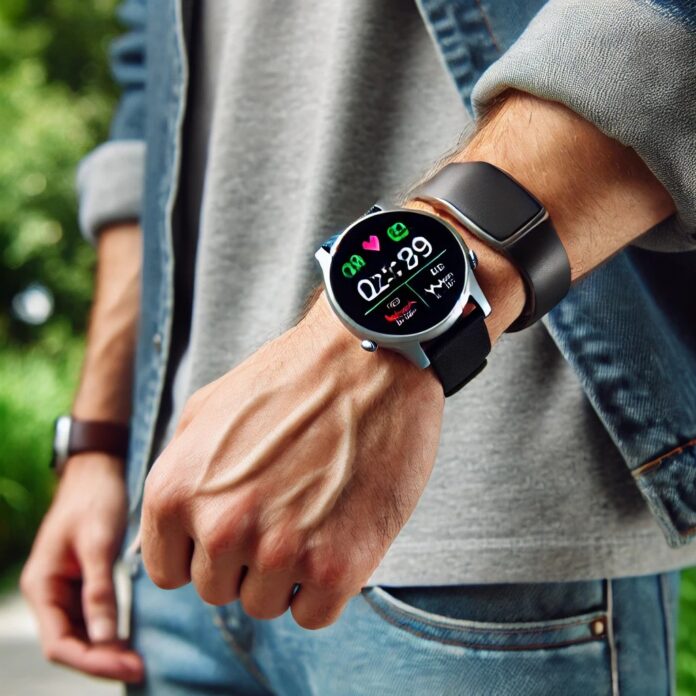Wearable technology, a cutting-edge innovation, is transforming the way we interact with the world around us. From fitness trackers to smartwatches, wearable devices are becoming an integral part of our daily lives. This article explores the various facets of wearable technology, its benefits, applications, and prospects.
What is Wearable Technology?
Wearable technology refers to electronic devices that are worn on the body, either as accessories or as part of clothing. These devices are equipped with sensors, processors, and connectivity features that enable them to collect and analyze data, communicate with other devices, and provide real-time feedback to the user. Common examples include smartwatches, fitness trackers, and augmented reality (AR) glasses.
Benefits of Wearable Technology
Health and Fitness Monitoring
One of the primary benefits of wearable technology is its ability to monitor health and fitness. Devices like fitness trackers and smartwatches can track physical activities, heart rate, sleep patterns, and more. This data can help users maintain a healthy lifestyle by providing insights into their daily activities and suggesting improvements.
Enhanced Convenience
Wearable devices offer unparalleled convenience by providing quick access to information and services. For instance, smartwatches allow users to receive notifications, make calls, and control smart home devices without needing to use their smartphones. This hands-free interaction simplifies daily tasks and enhances productivity.
Personalized Experiences
Wearable technology enables personalized experiences by adapting to individual preferences and behaviors. For example, smart glasses with AR capabilities can provide customized information overlays based on the user’s location and activities. This personalization enhances the user experience and makes technology more intuitive.
Applications of Wearable Technology
Healthcare
Wearable technology is revolutionizing healthcare by enabling remote monitoring and telemedicine. Devices such as smartwatches and medical-grade wearables can monitor vital signs, detect abnormalities, and alert healthcare providers in real time. This continuous monitoring improves patient outcomes and reduces the need for frequent hospital visits.
Fitness and Sports
In the fitness and sports industry, wearable devices are used to track performance metrics, optimize training routines, and prevent injuries. Athletes and fitness enthusiasts can use these devices to monitor their progress, set goals, and receive real-time feedback on their performance.
Workplace Productivity
Wearable technology is also making its way into the workplace, enhancing productivity and safety. Smart glasses, for example, can provide hands-free access to information, instructions, and communication tools, allowing workers to perform tasks more efficiently. Additionally, wearables can monitor environmental conditions and alert workers to potential hazards, improving workplace safety.
Challenges and Considerations
Privacy and Security
As wearable devices collect and transmit sensitive data, privacy and security concerns are paramount. Manufacturers must ensure robust security measures to protect user data from breaches and unauthorized access. Users should also be aware of the potential risks and take steps to safeguard their information.
Battery Life
Battery life remains a significant challenge for wearable technology. Continuous data collection and connectivity features can drain batteries quickly, limiting the usability of these devices. Innovations in battery technology and power management are essential to overcome this hurdle.
User Adoption
Despite the numerous benefits, user adoption of technology faces barriers such as cost, complexity, and concerns over data privacy. Manufacturers must address these issues by offering affordable, user-friendly devices and ensuring transparent data practices.
The Future of Wearable Technology
Integration with IoT
Advancements in Health Monitoring
technology will continue to advance in the healthcare sector, offering more sophisticated monitoring and diagnostic capabilities. Future wearables may include features such as glucose monitoring for diabetes management, advanced cardiac monitoring, and even early detection of diseases through biometric analysis.

Fashion and Design
As technology evolves, wearables are likely to become more fashionable and customizable. Collaborations between tech companies and fashion designers will result in devices that are not only functional but also stylish. This trend will drive wider adoption of technology across different demographics.
Conclusion
Wearable technology is undeniably revolutionizing various aspects of our lives, from health and fitness to workplace productivity. Despite the challenges, the future of wearables looks promising, with advancements in IoT integration, healthcare, and design. As technology continues to evolve, wearable devices will become even more integral to our daily routines, enhancing our lives in ways we can only imagine.



